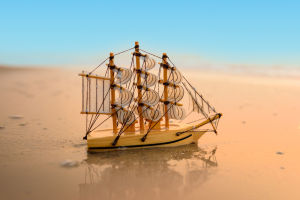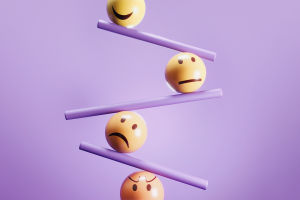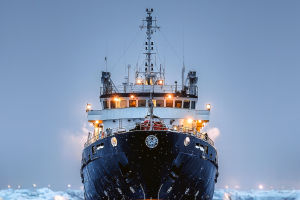Hey Lykkers! Let’s talk about something that’s both amazing and a bit scary at the same time: plastic. It’s a material that’s part of almost everything around us, but how did it go from being a life-saving invention to the environmental villain we know today?
Buckle up, because we’re about to dive into the history and impact of plastic.
The Rise of Plastic: A Game-Changer
Plastic didn’t just pop up overnight. In the mid-20th century, it was a huge breakthrough that changed the world in ways we never could’ve imagined.
During the 1950s and 60s, plastic gained massive popularity thanks to its strength, lightweight nature, and affordability. It quickly became a staple in every corner of life, and we saw it pop up in everything from medical tools to packaging.
One of the biggest advantages of plastic was its use in medical equipment like catheters, syringes, and bags. These single-use products helped improve sanitation, making surgeries and other procedures safer. As a result, life expectancy started to rise globally, which was a huge win for public health.
Plastic also had a positive impact in food preservation. Thanks to plastic packaging, food could stay fresh longer, which helped reduce waste and even contributed to fighting hunger in some parts of the world. It seemed like a miracle material.
From Nature to Plastic: A Brief History
Believe it or not, plastic’s journey began with natural, renewable materials. Over a century ago, chemists like Charles Goodyear were experimenting with rubber, which led to the first forms of synthetic plastics. By 1862, the world saw the creation of Parkesine, a plastic made from plant cellulose. Fast forward to 1907, and we got Bakelite — the first fully synthetic plastic.
By the mid-20th century, plastic production exploded, with new materials like polyvinyl chloride (PVC) and polyethylene becoming mainstream. This surge in production was driven by the massive demand for plastic in industries like defense and manufacturing. But, what was once a miracle material started to become a major part of our everyday lives.
The Dark Side of Plastic
Here’s where things start to take a turn. While plastic was once celebrated for its convenience and versatility, it’s now causing some serious problems for our planet. Since 1950, the production of plastic has increased by a staggering 230 times. The world population has only tripled, but the sheer amount of plastic in circulation is mind-blowing.
The thing about plastic is that it doesn’t just disappear. It hangs around for hundreds, sometimes thousands of years, breaking down into tiny pieces called microplastics. These microplastics are not just a threat to the environment; they’re a danger to our health, too. The World Health Organization (WHO) has been sounding the alarm since 2019, warning that microplastics can harm our immune system, respiratory health, and even affect fertility.
What’s the Solution?
It’s clear that plastic, once seen as a life-saving miracle, is now one of the most dangerous pollutants. But all is not lost! There’s hope for the future. People around the world are working on finding sustainable alternatives and ways to reduce plastic waste. From recycling innovations to biodegradable alternatives, we’re slowly but surely working toward a plastic-free world.
A Wake-Up Call for All of Us
As we look around at the plastic-filled world we live in, it’s important to remember that this material has done a lot of good, but its long-lasting impact is now a major environmental threat. The key is finding balance — using plastic responsibly, recycling as much as we can, and exploring new alternatives that won’t leave such a destructive mark on our planet.
So, let’s get smart about plastic and do our part to ensure a healthier future for both the Earth and ourselves. After all, it’s up to all of us to make sure we’re not the generation that lets a miracle become a catastrophe.
Stay curious, Lykkers, and let’s keep learning together!


